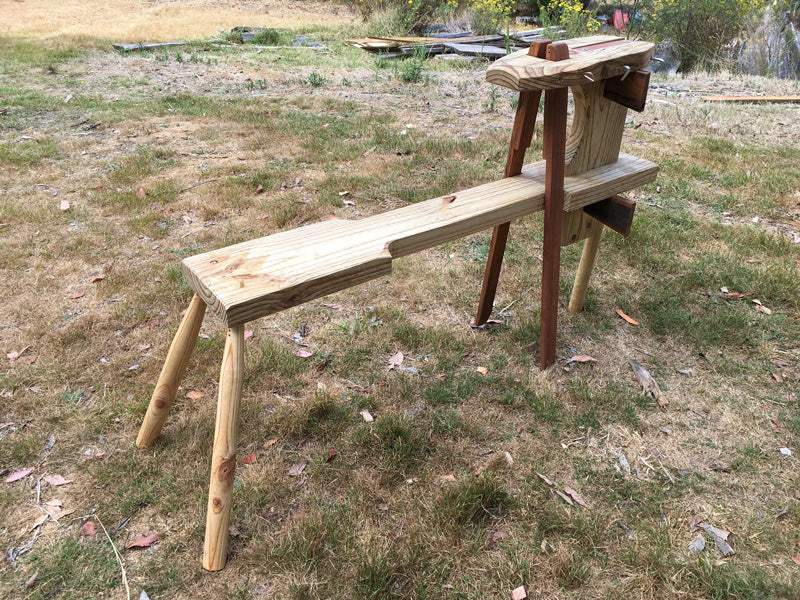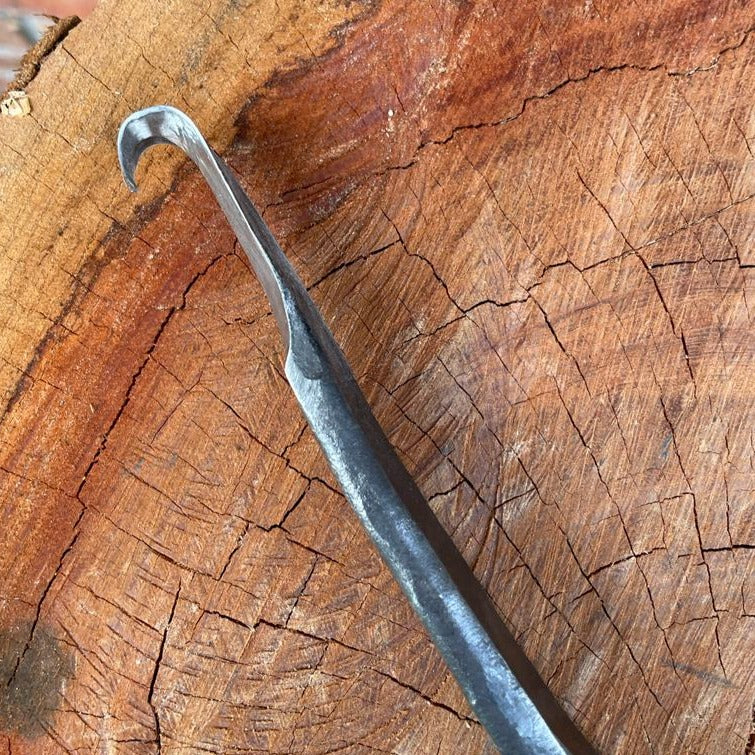In the modern age of automated machinery and computer-controlled tools, it's easy to forget the simplicity and elegance of traditional woodworking techniques. One such technique that has stood the test of time is the pole lathe.
What is a Pole Lathe?
A pole lathe is a manually operated woodworking lathe that uses a simple yet effective mechanism to turn wood into finely crafted objects. The key components of a pole lathe include a horizontally positioned wooden bed, a long wooden pole (often made from ash or oak), and a foot-operated treadle. At one end of the pole, there is a cord or rope, which is attached to the piece of wood that is being turned. The craftsman uses their foot to pump the treadle, causing the pole to reciprocate and spin the wood rapidly. Meanwhile, they use handheld tools, such as chisels and gouges, to shape the spinning wood into the desired form.
Pole lathes are renowned for their simplicity and sustainability. They require no electricity, relying solely on human power and the mechanical advantage of the pole and treadle. This makes them an eco-friendly and low-cost option for woodworking, especially in rural or off-grid areas.
The History of Pole Lathes
The history of pole lathes stretches back to ancient times, with evidence of their use dating as far back as the Iron Age. However, it was during the medieval and early modern periods that pole lathes became widespread throughout Europe.
Medieval Origins: The pole lathe evolved from the ancient spindle lathe, which was essentially a stick spun between the hands. In medieval Europe, craftsmen began using a long pole attached to a wooden bed, creating the basic design of the pole lathe we recognize today. This innovation allowed for greater control and precision in woodworking.
Craftsmanship and Rural Life: Pole lathes became an integral part of rural life, used by village carpenters, wheelwrights, and turners to produce a wide range of wooden items, including chairs, bowls, and spindles. The skill of operating a pole lathe was passed down through generations, and the craft played a significant role in local economies.
Industrial Revolution: The 18th and 19th centuries brought significant changes to the world of woodworking. The advent of steam power and mechanisation led to the decline of traditional craftsmanship and the pole lathe in favor of faster and more efficient machinery.
Revival: In the late 20th century, there was a resurgence of interest in traditional woodworking techniques, including the use of pole lathes. Craftsmen and enthusiasts began rediscovering the beauty of handcrafted wooden items and the simplicity of the pole lathe.
Modern Uses of the Pole Lathe
Today, pole lathes are not only used for their historical and artisanal value but also for their eco-friendly appeal. They are often employed by woodworkers dedicated to sustainable and traditional practices, as well as by enthusiasts who enjoy the hands-on experience of using this ancient tool.
Preservation organisations and woodworking schools offer courses on pole lathe turning, ensuring that this valuable skill continues to be passed down to future generations. In addition, various cultural festivals and historical reenactments showcase the artistry and craftsmanship associated with pole lathes.
The pole lathe is a testament to the enduring appeal of traditional craftsmanship and woodworking techniques. Its history, spanning millennia, reflects the evolution of woodworking from a simple, hand-operated tool to the high-tech industry we know today. Despite the challenges posed by modernisation, the pole lathe persists as a symbol of sustainability, craftsmanship, and the beauty of working with one's hands. Whether you are a woodworker or simply curious about the history of craftsmanship, the pole lathe offers a fascinating journey into the past and an appreciation for the timeless art of turning wood.











